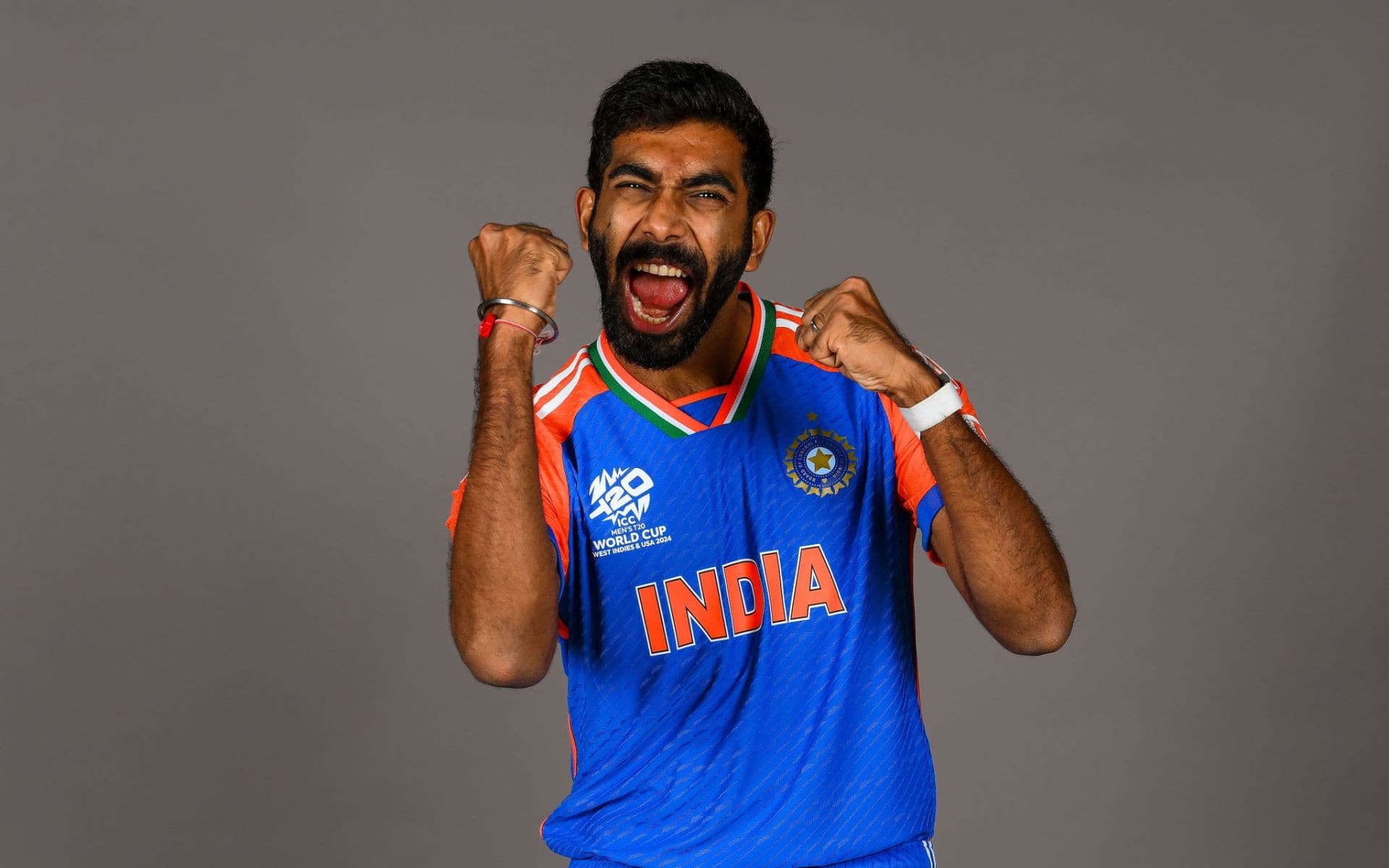![Jasprit Bumrah [Source: @ankan_fr/X.com]](https://onecricketnews.akamaized.net/parth-editor/oc-dashboard/news-images-prod/1754047283605_Bumrah_06.jpg?type=hq) Jasprit Bumrah [Source: @ankan_fr/X.com]
Jasprit Bumrah [Source: @ankan_fr/X.com]
There is an undeniable romance to Test cricket, the way it ebbs and flows, how a single session can tilt an entire series, and how the absence of one key player can reshape the narrative.
When the BCCI confirmed Jasprit Bumrah’s release from India’s squad on the eve of Day 2 of the fifth Test at The Oval, it might have just pinched the pressure point on India's current pace battery.
India Without Bumrah In The 5th Test
India’s current pace battery for the Oval Test features Mohammed Siraj, Prasidh Krishna and Akash Deep as the primary seam options, supported by the off-spin of Ravindra Jadeja and the batting all-rounder Washington Sundar. Jadeja, India’s all-rounder, spearheaded the salvo in Manchester, extracting spin to claim crucial wickets.
Prasidh has impressed with his raw pace and bounce, while Akash Deep offers variation with seam. Jadeja’s subtle left-arm spin will be essential on days when the pitch softens, and Sundar provides a containing option in tandem with Jadeja. Yet, the pace options might lack the spice for the 5th Test, not only because of Bumrah's absence, but because of his absence from the team's dressing room, the stands.
The Mentorship Deficit
In 2018, Jasprit Bumrah dismantled England at The Oval with precision, finishing the series with 14 wickets at an economy of 2.72, a match played a few months after his debut in Whites. Only this speaks of the glory he carries as his presence would have sustained the pressure, the guidance could have benefited younger quicks, with a better psychological edge for the match.
Bumrah's insights on seam positioning, wrist alignment, and reverse swing are lessons that can’t be replicated in coaching manuals. Prasidh Krishna, fresh to the Test cricket scene and Akash Deep, still refining his consistency, would have benefited immensely from his real-time feedback. England’s batting, particularly their lower middle-order strength in leg-side scoring, demands relentless discipline, something Bumrah’s tactical nous could have countered.
England’s Opportunity, India’s Conundrum
With Ollie Pope leading in Stokes’ absence and Zak Crawley, Ben Duckett, and Joe Root hungry for runs, England’s batting lineup poses a stern challenge. The green-tinged Oval pitch, seemingly tailored to aid England’s seamers, only amplifies the need for India’s attack to be razor-sharp.
Sunil Gavaskar’s observation about England exploiting home conditions rings true. Gus Atkinson and Josh Tongue will relish the extra movement. Without Bumrah’s ability or mentorship to exploit similar conditions, India’s bowlers might find it hard without wide experience on green English conditions.
The Bigger Picture In Bumrah's Departure
Yet, Bumrah’s omission isn’t a misstep, it’s a necessity. Fast bowling is a high-risk craft, and his workload management reflects a forward-thinking approach. The demands of modern cricket, compressed schedules, back-to-back tours, and the relentless grind of franchise leagues, mean that preserving a bowler of Bumrah’s calibre isn’t optional. His three-Test limit in this series, where he played the first, third and fourth Test, was somehow necessary to preserve his art.
The Oval Test will now double as an examination of India’s bowling depth. Can Siraj step up as the leader of the attack again? Can Prasidh translate domestic dominance into Test-match impact? Can Akash Deep rise again to dismantle the English? These are questions that must be answered, not just for this series, but for India’s future in the format.
Bumrah’s absence may tilt the scales slightly in England’s favour, but his rest is an investment, one that prioritises longevity over fleeting glory. In a sport where careers are often cut short by burnout, India’s decision to protect its ace is a reminder that sometimes, the boldest moves are the ones made off the field.


.jpg?type=mq)



